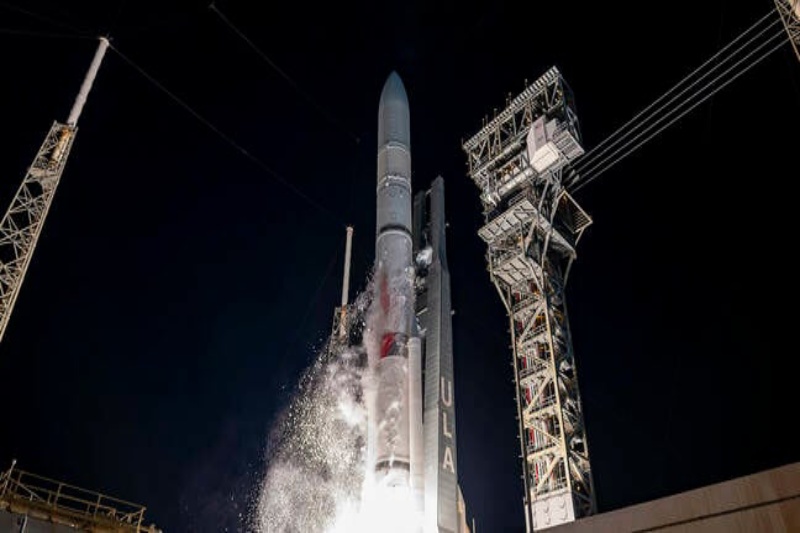The tragic Peregrine Lunar Lander’s mission will come to an end on Thursday, January 18, when the spacecraft will burn up in the Earth’s atmosphere, according to confirmation from Astrobotic.
The spacecraft was 234,000 miles (376,600 km) from Earth and headed for re-entry, the firm reported on Sunday, January 14.
The dilemma of what to do with the damaged spacecraft has perplexed scientists and engineers. A landing attempt was ruled out due to a fuel leak, but the team has exceeded all expectations in prolonging the lander’s life. Merely a week prior, engineers were anticipating hours or maybe days from the spaceship as they grappled with comprehending the problem. One week after its introduction, Peregrine is still operational.
As they reported, “We achieved a 200 millisecond burn and acquired data that indicated Peregrine could have main engine propulsive capability.” The crew even succeeded in starting one of the main engines.
Because of the leak, the engine’s typical operating range is much outside the fuel-to-oxidizer ratio, making a controlled burn unfeasible. But, there is still enough fuel—the leak has already slowed—to maintain Peregrine’s operation for a few more weeks with the solar arrays facing the sun. Assuming Peregrine’s orbit is raised to avoid Earth, that is.
And there’s the catch. The crew need not extend the mission just because they have the option to. Rather than trying to squeeze a few more days or weeks out of the spaceship, the US government and the space community advise safely terminating the mission immediately.
“Ultimately,” said Astrobotic, “we must balance our own desire to extend Peregrine’s life, operate payloads, and learn more about the spacecraft, with the risk that our damaged spacecraft could cause a problem in cislunar space.”
The choice was responsible, especially in light of the failure of Peregrine’s main goal, which was to land on the moon. It is strictly forbidden to leave trash in cislunar space or crash into a satellite in Earth’s orbit. Although the crew was able to activate Peregrine’s payload, the potential advantage was determined to be less than the potential risk.
Despite the project’s premature conclusion, Astrobotic CEO John Thornton expressed gratitude to the crew that had recovered control of the spacecraft following Monday’s anomaly and stated, “This mission has already taught us so much and has given me great confidence that our next mission to the Moon will achieve a soft landing.”
Regarding the potential effects of the failure on its upcoming Moon mission with Astrobotic—the VIPER rover’s launch and landing in 2024—NASA has not yet provided a statement. The next mission of the agency, which will use the Intuitive Machines Nova-C lander, is scheduled to launch in the coming months to the Moon under the Commercial Lunar Payload Services (CLPS) program.





